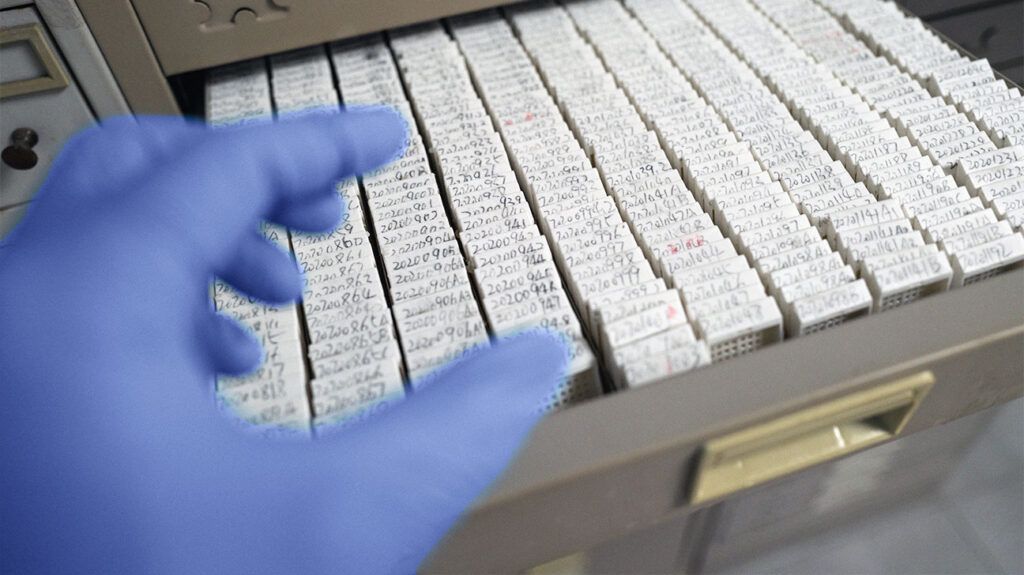Papillomas are noncancerous, outward-growing lumps that might cause problems in some locations. They do not spread and are not aggressive.
Treatment for a papilloma is not always necessary. However, be sure to receive a clinical opinion on any lump or skin lesion. If a lump turns out to be a more severe type, it is important to intervene early.
In this article, we cover what a papilloma is, when a person should seek treatment, and what their options are.

Papillomas are noncancerous,
The surfaces in which papillomas occur in are called epithelia. The epithelium of the skin, for example, is the top layer of flat cells. A papilloma forms a nipple-shaped outgrowth. Warts and verrucae in the skin have a familiar appearance, although they occur in various shapes and sizes.
Should I be worried about a papilloma?
Lumps and lesions will naturally cause concern. A doctor can perform tests to confirm whether growths are benign or not. A diagnosis of benign papilloma means that the lump presents no cause for concern.
However, a person might still want to address or treat a papilloma, as it can cause pain, irritation, and concerns about appearance.
Human papillomavirus (HPV) is the most common cause of papilloma. Some HPV strains
For papillomas of the skin, where HPV is known to be the cause, skin damage can promote the development of a papilloma. Scratching at or picking a wart can also lead to further infection. However, the growth itself cannot spread to another location.
Papillomas of the skin do not typically cause additional symptoms. Although some people may dislike their physical appearance.
Other papilloma symptoms
Papillomas of the female breast duct can cause watery or bloody discharge to leave the nipple. A single leaking papilloma in the breast is likely no closer to becoming cancerous, and treatment can remove these papillomas.
A papilloma that forms inside the nose or sinuses can
The lump is not malignant but might push against nearby structures, including the eye. Again, removal of the lump is possible and can help relieve any symptoms.
When a papilloma or group of papillomas grows in the larynx, it can obstruct breathing. This causes a rare condition known as recurrent respiratory papillomatosis, which occurs mostly in children. Symptoms can include hoarseness, a quiet or weak cry, and airway obstruction in severe instances.
This can also return after treatment or transform into a malignant tumor. Because of this, it might become necessary to treat recurrent respiratory papillomatosis multiple times.
A papilloma is often harmless and does not require treatment.
Skin papilloma treatment
While skin papilloma do not typically require treatment, some people may still wish for them to be removed. Doctors can treat warts on the skin using the following methods:
- cautery, which involves burning off the tissue and then scraping it away using curettage
- excision, in which a doctor surgically removes the papilloma
- laser surgery, a procedure that destroys the wart using high-energy light from a laser
- cryotherapy, or freezing off the tissue
- applying liquid nitrogen onto warts or injecting them into the papilloma
Drugs applied to papilloma tissue on the skin also destroy warts. Examples include:
- 5-fluorouracil
- cantharidin
- imiquimod
Doctors might prescribe others, depending on the type of wart.
Breast papilloma treatment
A doctor can remove a papilloma of the breast and send it for a biopsy. These tests can confirm that it is a benign growth.
They might not completely remove the breast papillomas. Instead, a sample of the growth might be taken for testing. A doctor will test this using a biopsy, removing part of the tissue after the area has been numbed with anesthetic.
Genital wart treatment
The treatment options for genital warts are similar to those for other skin warts. Either surgical or chemical removal can help. Dermatologists recommend that they should treat papillomas on the genitals. However, this is not compulsory.
Papillomas are noncancerous growths that often grow on the skin but can also appear on the lips, vocal cords, and breast tissues.
They typically do not require treatment, but a doctor can make an accurate diagnosis of any new skin lumps a person notices, and plan treatments accordingly.
